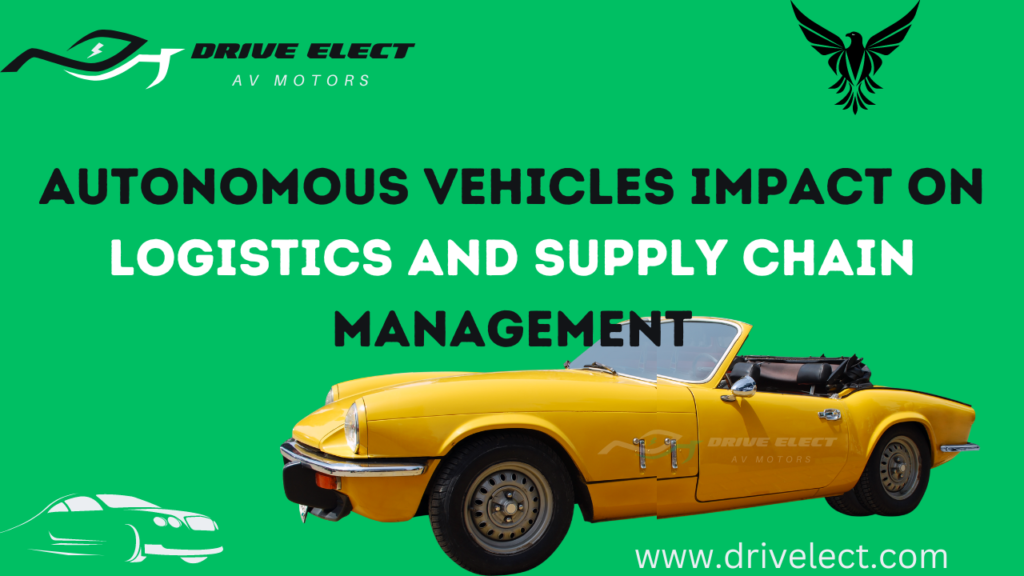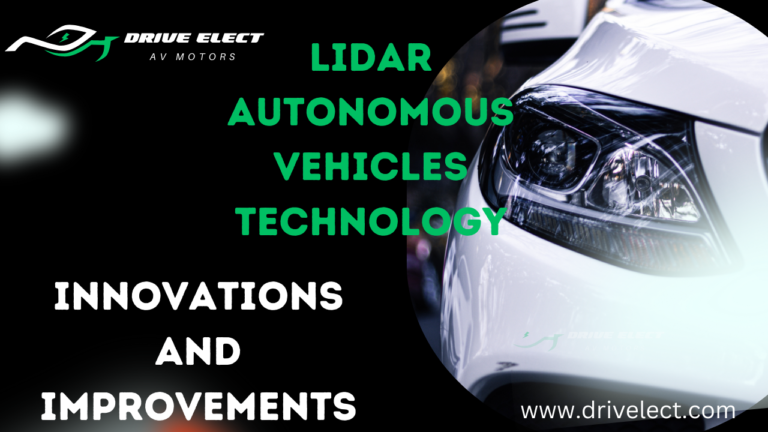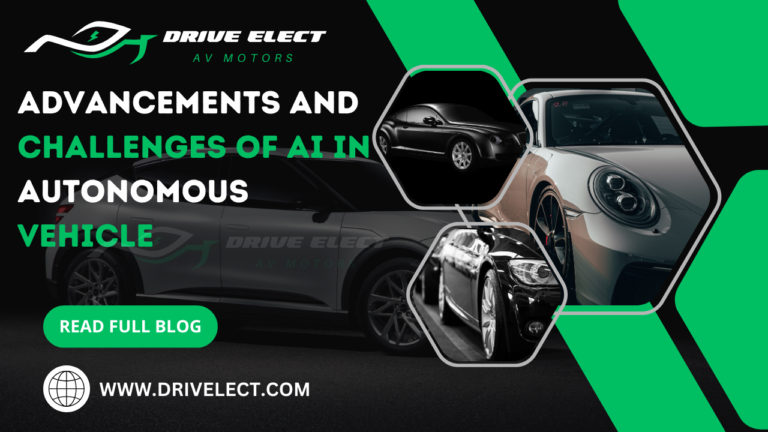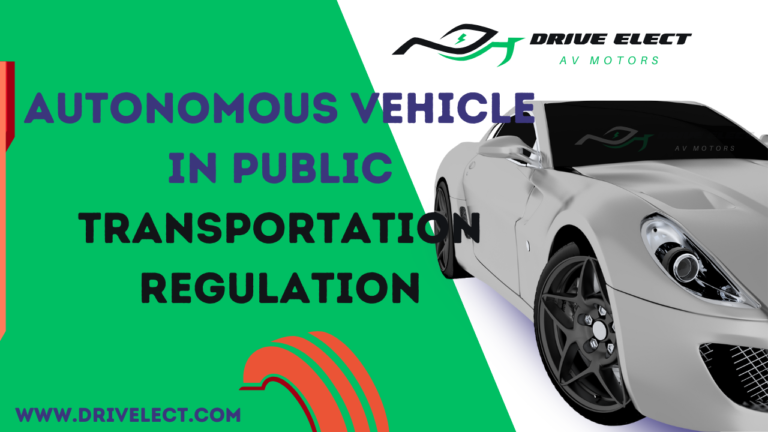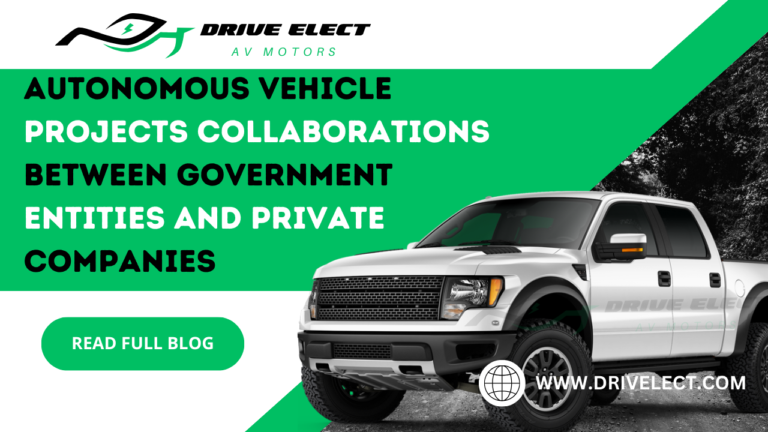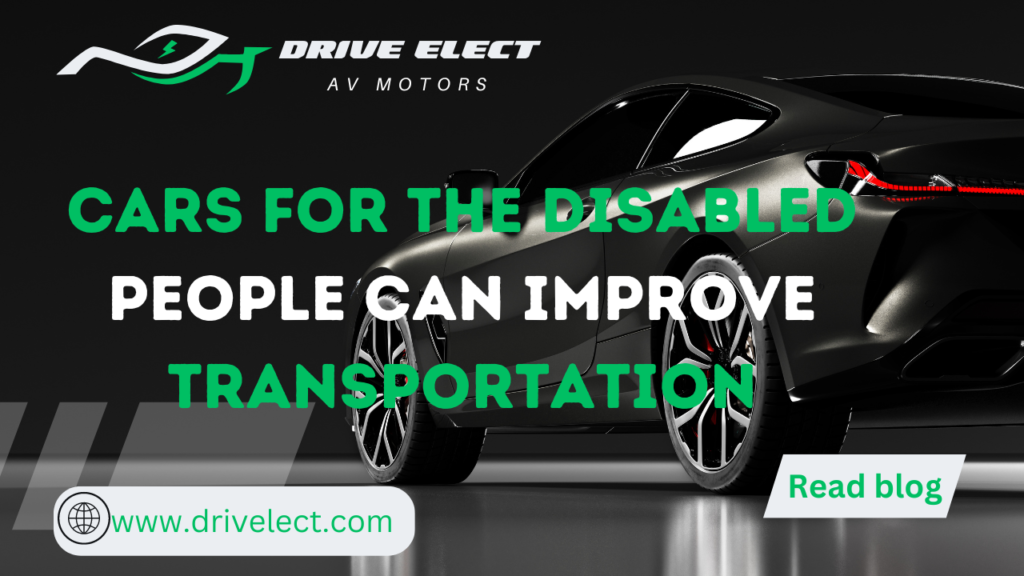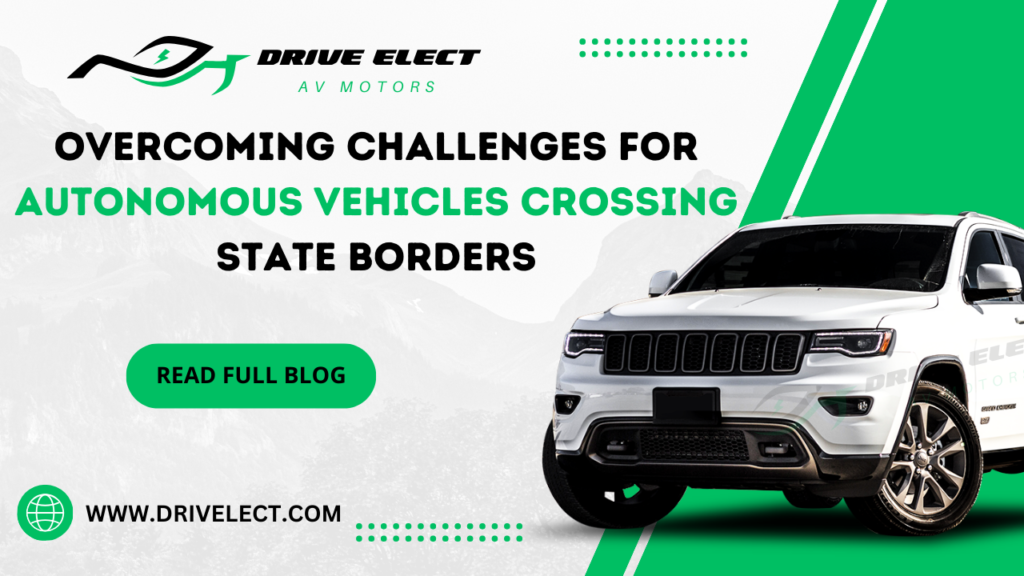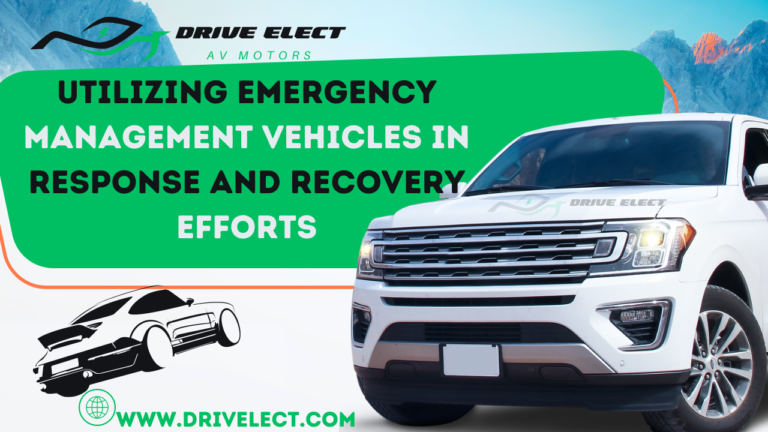Table of Contents
ToggleAutonomous vehicles impact on logistics and supply Chain Management
The effect of Autonomous vehicles on Logistics:
Visualize cars, trucks, ships, and airplanes that can drive or fly without a human driver. These are called AVs. Big tech companies and major car manufacturers are putting a lot of money into making this happen.
How can this change the way businesses move and deliver things? AVs have the potential to shake up how companies operate and save money. Even change how we buy and receive goods. This is not just about land vehicles; it includes ships on the sea and planes in the air.
How products get from one place to another, known as logistics, will be affected. And how autonomous vehicles impact on logistics .Companies that provide transportation and delivery services will have to adapt. This will also change how these companies interact with the people.
Vehicles are like a giant wave coming into the world of moving things around. It’s not just about the cars themselves. This is about how they can change the way businesses work and how we get the things we need.
How Autonomous vehicles can benefit Logistics:
When you order something online almost at your doorstep, that last bit of the journey is slow and can cause delays. Businesses are now trying out AVs to deliver packages without a human driver.
This can change how things are moved around, like in warehouses and delivery centers, making it cheaper and faster. Straightway, these big centers are usually far from cities because the land is more affordable. But, with self-driving vehicles, companies might need smaller centers closer to where people live for quicker deliveries. This might make rent more expensive, but they can save money using cars for the final stretch.
Using self-driving vehicles not only saves on fuel and helps the environment but also brings some extra benefits. Companies can offer better services and share knowledge more easily with other companies in the supply chain management and autonomous vehicles impact on logistics
In simple cases, delivery cars might make getting your online orders faster, cheaper, and more eco-friendly.
Increased Safety:
Imagine cars and trucks that can drive themselves. One significant benefit is that they can make our roads much safer. Sometimes, people make mistakes when driving, like being distracted, going too fast, or even driving under the influence of alcohol or drugs. Self-driving vehicles don’t have those problems and autonomous vehicles impact on logistics because no human driver can make those mistakes.
These unique cars and trucks have many sensors and cameras that act like their eyes and ears. These tools help those spot potential dangers on the road and react fast and precisely. This means they can avoid accidents better than human drivers.
Because of this increased safety, there should be fewer accidents on the road. That’s not just good for the people driving but also means companies can spend less on vehicle insurance.
This can make our roads safer and save companies money on insurance costs.
Reduced Costs:
Cars and trucks that can drive themselves. You can make things work more efficiently when you do not need human drivers. This means you can reduce the costs of paying people to go.
Without human drivers, there are fewer mistakes, and everything can be done better and quickly. These are smart about how they drive, so they use less fuel and don’t need as much fixing. They determine the best routes and driving styles to keep the vehicles in good shape.
Self-driving vehicles can make businesses more productive, save labor money, and reduce fuel and maintenance costs, and has Autonomous vehicles impact on logistics.
Greater Efficiency:
Picture cars that can drive themselves to make deliveries. These AVs make things run more smoothly and faster for businesses and these autonomous vehicles impact on logistics play crucial role. They are good at finding the fastest and best routes to get packages where they need to go.
These intelligent vehicles use real-time data to avoid traffic and adjust their routes. So, businesses can avoid being late with deliveries and ensure things get to you faster. They can also use this real-time info to plan better and keep the right amount of stuff in stock.
Self-driving delivery cars help businesses be more efficient by getting things where they need to go quickly and avoiding delays. This means you get your stuff faster, and companies can better plan and manage their goods.
Reduced Transportation Costs:
Autonomous vehicles may contribute to lower transportation costs due to increased fuel proficiency, reduced keep requirements, and the potential for platooning.
Regulatory Considerations:
The addition of autonomous vehicles into the supply chain will force the development and adaptation of regulations to ensure safety, security, and standardization. This could impact how logistics companies operate and invest in technology.
Technological Investments:
Companies in the supply chain and logistics sector may need to invest significantly in autonomous vehicle technology, sensors, communication systems, and infrastructure to realize this technology’s benefits fully.
Challenges in Workforce Transition:
The widespread assumption of autonomous vehicles may bring challenges related to workforce transition. The need for drivers could decrease, requiring efforts to reskill and dispatch the existing workforce in the logistics sector.
Three Use cases of autonomous vehicles:
Using AVs is like a significant change in how things are done; these are all part of a digital transformation. These Autonomous vehicles impact on logistics paly crucial role. This is a giant leap forward, like how we have seen changes in how goods move around using technology.
Imagine companies that sell things online. It could not be suitable for them if they don’t get on board with using these self-driving vehicles. This shift is happening fast, and those who need to catch up but don’t might face serious problems.
As we’re using more innovative technology, like artificial intelligence. The idea of having cars and trucks that can drive themselves is becoming more common in moving and delivering things. It’s the next step in making our transportation and delivery systems even more brilliant.
Automated vehicles in the warehouse:
Think about big warehouses where lots of things are stored. Instead of people driving forklifts or moving things around, there are now special vehicles that can do it alone. These are called autonomous vehicles (AVs).
These AVs, like stackers, forklifts, and small robots, are brilliant. They learn how to move around and do the tasks needed in the warehouse. They use fancy technologies like machine learning to figure things out.
In places like busy warehouses, using AVs makes things safer and solves problems with figuring out where everything should go. But, when it comes to more complex tasks, like precise movements or specific actions, these AVs might need help from a person who operates them remotely. This way, the risk to employees is lower, and it even creates new job opportunities, especially for people with physical disabilities.
A lot of the heavy lifting in warehouses, making things safer and creating new jobs.
Autonomous Truck platoons:
Truck makers and shipping companies are considering using groups of trucks to travel together on long trips.
Truck platooning means a group of trucks driving closely together, with the first truck being driven by a person and the others following automatically. The trucks communicate with each other using technology, allowing them to stay close. The goal is to eventually have all trucks in the group drive independently without a driver. This technology uses communication systems to coordinate speed control and avoid collisions.
The benefits of platooning are that trucks can travel much closer together, about 40 feet apart, compared to the usual 324 feet for regular trucks. This helps increase the overall capacity of the roads. Additionally, because the trucks are close and in a specific formation, it reduces air resistance, making them more fuel-efficient.
Mobile Delivery Hubs:
Delivery trucks often get delayed in city traffic and need help finding parking. One solution is using mobile delivery hubs on the outskirts of cities. These hubs act as drop-off points for drivers. They leave packages there, then they are taken to their final destination by a person, drone, or self-driving car.
Automated delivery vehicles can make the actual delivery process smoother. Instead of the delivery person doing most of the driving, they would sort through packages and drop them off. This saves time since they don’t have to keep parking and getting in and out of the vehicle. The automated vehicle might even follow the delivery person on foot, making it easier for them to carry fewer heavy items.
The use of autonomous vehicles in transportation and delivery is expected to grow as technology advances. Autonomous vehicles impact on logistics paly major role. This could bring significant changes to how goods are transported and delivered.

